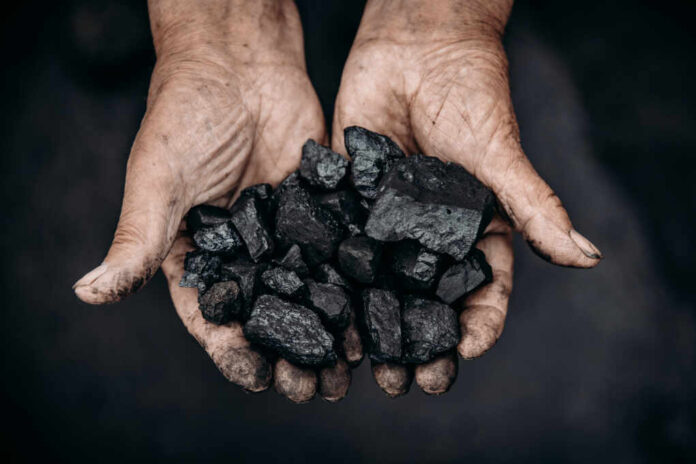
The Department of Energy has designated metallurgical coal as a critical material for U.S. manufacturing and national security, aligning with President Trump’s vision to revitalize America’s coal industry.
At a Glance
- The U.S. Department of Energy has officially designated coal used in steelmaking as a critical material under the Energy Act of 2020
- This designation supports President Trump’s Executive Order to “Reinvigorate America’s Beautiful Clean Coal Industry”
- Metallurgical coal is essential for steel production, which underpins U.S. manufacturing, infrastructure, and defense systems
- Over 150 metallurgical coal mines in the U.S. employ tens of thousands of Americans
- Multiple federal agencies are now required to support domestic coal production and rescind policies discouraging investment in coal
Strengthening America’s Industrial Foundation
The Department of Energy’s recent designation of metallurgical coal as a critical material marks a significant shift in U.S. industrial policy. This designation, made under the Energy Act of 2020, recognizes the vital role that specialized coal plays in steel production. Unlike thermal coal used for electricity generation, metallurgical coal is specifically utilized in the steelmaking process, making it indispensable for maintaining American manufacturing capabilities and infrastructure development. The move directly supports the broader economic and security objectives outlined in President Trump’s April 8, 2025 Executive Order focused on reinvigorating the American coal industry.
The designation addresses growing concerns about supply chain vulnerabilities and foreign competition in the steel sector. With over 150 metallurgical coal mines across the country employing tens of thousands of Americans, this policy aims to protect both jobs and critical industrial capacity. The action follows observations of declining investment and operational capacity in the coal industry, which has threatened domestic steel production capabilities. By securing the metallurgical coal supply chain, the administration seeks to ensure America’s ability to independently produce the steel needed for energy infrastructure, transportation systems, and national defense.
— @amuse (@amuse) November 6, 2024
Coal’s Critical Role in Steel Production
Metallurgical coal serves as a fundamental component in steel manufacturing through two primary methods. In the traditional blast furnace–basic oxygen furnace process, metallurgical coal is converted into coke, which provides the carbon necessary for reducing iron ore to iron. Additionally, anthracite coal, primarily found in the Appalachian region, plays a significant role in the electric arc furnace method, which currently accounts for approximately 70% of domestic steel production. These processes highlight why coal’s designation as a critical material is technically justified beyond political considerations.
“Metallurgical coal is more than a fuel—it is a cornerstone of our industrial base,” said Secretary Wright. “By designating metallurgical coal as a critical material, we are ensuring that American steel, generated by American coal, remains the backbone of our manufacturing sector.”
The critical material designation comes with tangible policy implications. Multiple federal agencies are now required to support domestic coal production through various mechanisms. This includes identifying National Environmental Policy Act exclusions that could aid coal production, reviewing policies that discourage investment in coal, and potentially reversing regulations aimed at transitioning away from coal use. These actions must be implemented on specific timelines, with most initial reports and policy changes due between May and July 2025.
Comprehensive Federal Support for Coal Revitalization
President Trump’s Executive Order takes a comprehensive approach to supporting the coal industry. Beyond the critical material designation, it establishes coal as essential to national and economic security. The order mandates that the National Energy Dominance Council provide coal with the same benefits as other critical minerals, potentially opening access to funding and regulatory relief. The initiative also terminates the Jewell Moratorium, which had restricted new coal leasing on federal lands, and prioritizes coal leasing on public lands going forward.
The administration has set ambitious deadlines for implementation. By May 8, 2025, federal agencies must rescind policies that discourage investment in coal production and coal-fired electricity generation. By June 6, the EPA and other departments must review policies transitioning away from coal use. Additionally, reports on coal resources on federal lands and the potential for coal-powered infrastructure supporting AI data centers are due by this same date. The Secretary of Energy must submit a comprehensive plan to accelerate coal technology development by July 7, 2025, highlighting the administration’s focus on both immediate relief and long-term development of the industry.

























